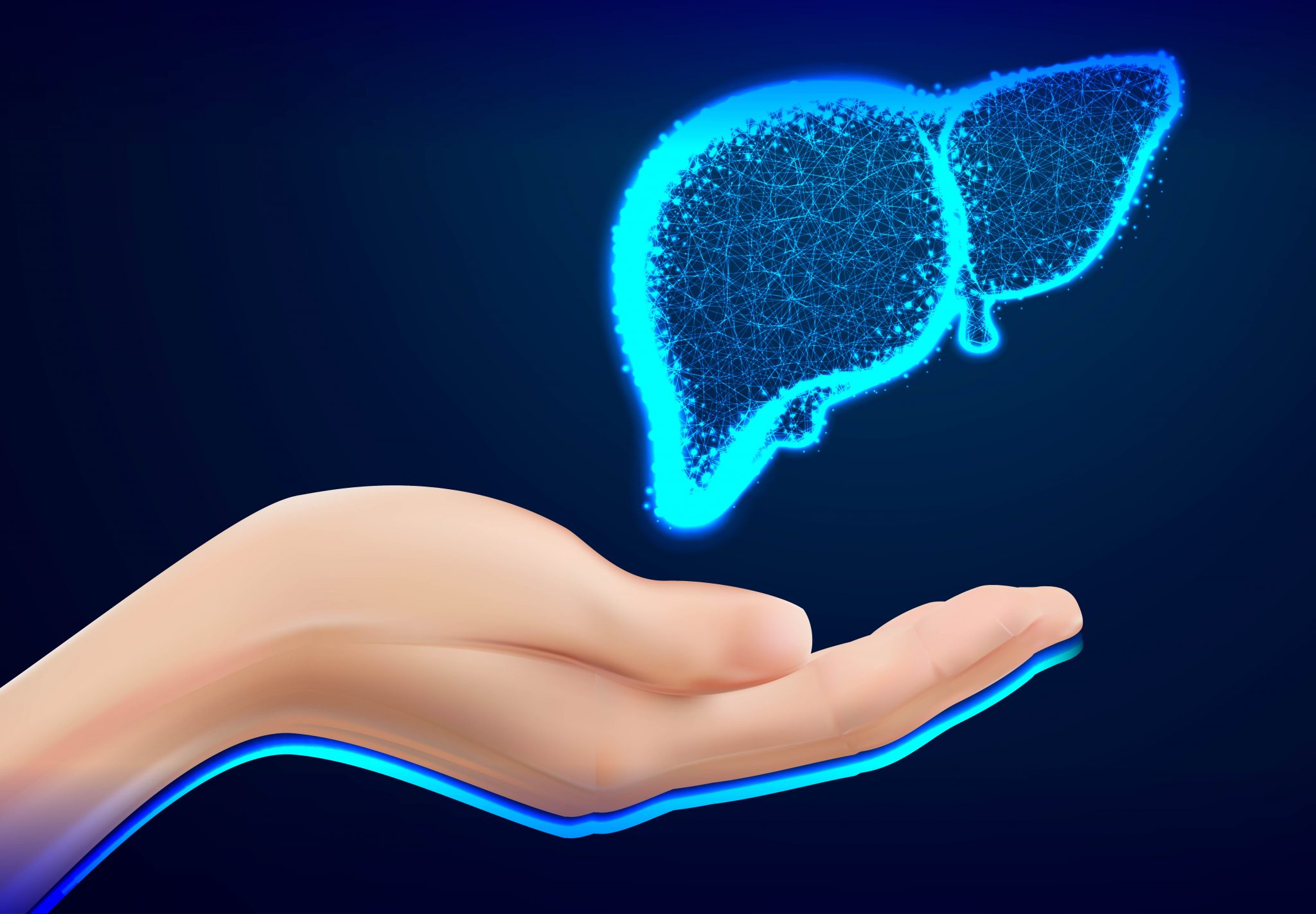
What is Vitamin D?
Vitamin D, also called as ‘Sunshine Vitamin” because the skin will produce Vitamin D when exposed to sunlight.
Vitamins are typically defined as nutrient required but not readily synthesized by our body, hence, they are obtained through our diet.
Nonetheless, every individual will have different levels of needs when it comes to nutrients – this includes vitamin D as well!
For example, an individual who has variation in the Vitamin D receptor (VDR) gene will have a significantly lower level of vitamin D. VDR gene is a gene that gives instruction to make Vitamin D receptor protein, which allows the body to respond to Vitamin D. As a result, this individual will have a higher risk of developing vitamin deficiency as compared to individuals who don’t have a variation in the VDR gene.
Sources of Vitamin D
- Natural sunlight
- Cheese
- Butter / Margarin
- Fatty Fish(e.g Salmon, Herrings)
- COD Liver Oil
- Canned Tuna
- Mushroom
- Fortified foods (e.g Cow’s milk, Soy milk, Orange juice, Cereal and Oatmeal)

Importance of Vitamin D
Vitamin D has a vital role in maintaining the general body health status. Here are several reasons why it’s important to get sufficient vitamin D.
1. It has a protective role in facilitating immune system
In a recent study, it was found that vitamin D shows a protective role against the Influenza virus. This is because it can boost the immune system, which contributes to the body’s defense mechanism during a virus attack.
2. It helps to maintain healthy bones
Vitamin D plays a crucial role in managing the absorption of calcium and maintenance of phosphorus level in the blood which is vital for maintaining healthy bone. Without sufficient Vitamin D, bones can become thin and fragile, which leads to rickets in children, osteomalacia in adult and osteoporosis in elderly.
3. It plays a key role in children health
Babies and young toddles need daily dose of Vitamin D because they are likely to have low blood calcium levels if they do not have sufficient Vitamin D.
Babies and young children who have vitamin D deficiency may be at greater risk of high blood pressure later in their childhood.
According to the American Academy of Allergy Asthma and Immunology (AAAAI), infants with a low level of the vitamin are also more likely to have peanut or egg allergies as compared to a normal healthy infant. AAAAI has also suggested that the allergy initiation process (sensitization) is closely related to low levels of the vitamin.
Overall, this makes vitamin D a key nutrient that is crucial for both children and adults.
Effects of Vitamin D Deficiency
Many kinds of research have been done on vitamin D. It has been discovered that vitamin D deficiency has been associated with many health conditions, including but not limited to depression, multiple sclerosis, poor bone health, osteoporosis, and even cancer.
As a result of that, many people often opt to take supplements to ensure they are getting sufficient vitamins.
Causes of Vitamin D deficiency
- Inadequate exposure to sunlight
- Overuse of sunblock cream
- Lack of vitamin D in the diet
- Having darker skin
- Obesity
- Genetics
A closer look from the genetic perspective
It’s important to realise the significant increase in the prevalence of vitamins deficiency worldwide and how it affects human health.
As mentioned above, Vitamin D deficiency can lead to many health complications, including the increased risk of heart diseases, osteoporosis, and even cancer.
Studies have shown that genetic variations associated with vitamin D deficiencies are also involved in cholesterol synthesis, metabolism, and transport of vitamin D in the body. Researchers have found that the risk of vitamin deficiency is directly proportional to the number of gene variant you have.
Genetic testing and vitamin deficiency
Genetic variation is the random mutation of DNA sequence in each of our genome and mixtures of our parents’ gene which makes all of us unique from each other. Since genes control the metabolism in our body, variation can affect vitamin and nutrient uptake in our body.
As each of us has different vitamin requirements based on our genetic composition, the most effective way to find out if you are genetically prone to vitamin deficiency would be to get yourself tested. By understanding your genetic makeup for common nutrition traits, you can learn how to improve your health and make effective decisions toward a better life.
So if you’re wondering if you may be genetically prone to vitamin deficiency? Try our DNA Explorer Essential to find out the DNA predispositions that could affect your vitamin level. By understanding your genetic makeup for common nutrition traits, you can modify your life in a better way.
For more information about your genes, feel free to check out our website or chat with us on Facebook to exchange ideas.
——
Additional Information:
Daily Vitamin D Requirements
There is no specific local data on the daily intake requirement for vitamin D. However, Malaysia follows the FAO/WHO 2002 guideline for the requirement per day as the following:
0 – 11 months: 5 μg/day
1 – 50 years: 5 μg/day
51 – 65 years: 10 μg/day
> 65 years: 15 μg/day
Note: Kindly consult a pharmacist or doctor if you intend to take supplements.
——
[References]
Gruber-Bzura, B. (2018). Vitamin D and Influenza——Prevention or Therapy?. International Journal Of Molecular Sciences, 19(8), 2419. doi: 10.3390/ijms19082419
Shaker, J., & Deftos, L. (2018). Calcium and Phosphate Homeostasis. Retrieved from https://www.ncbi.nlm.nih.gov/books/NBK279023/
Low vitamin D in babies predicts blood pressure problems for older kids. (2019). Retrieved from: https://www.heart.org/en/news/2019/07/01/low-vitamin-in-babies-predicts-blood-pressure-problems-for-older-kids
Sherif, S., Jariwala, S., Kumar, J., Muntner, P., & Melamed, M. (2011). Vitamin D levels and food and environmental allergies in the United States: Results from the National Health and Nutrition Examination Survey 2005-2006.
What is vitamin D?. (2019). Retrieved from: https://www.vitamindcouncil.org/about-vitamin-d/what-is-vitamin-d/#.XdJBhi17gl1
Vitamin D. (2019). Retrieved from: http://www.moh.gov.my/moh/images/gallery/rni/12_chat.pdf
Bahrami, A., Sadeghhnia, H., Tabatabaeizadeh, S., Bahrami-Taghanaki, H., Behboodi, N., & Esmaeili, H. et al. (2017). Genetic and epigenetic factors influencing vitamin D status. Journal of Cellular Physiology, 223(5), 4033-4043. doi: 10.1002/jcp.26216

